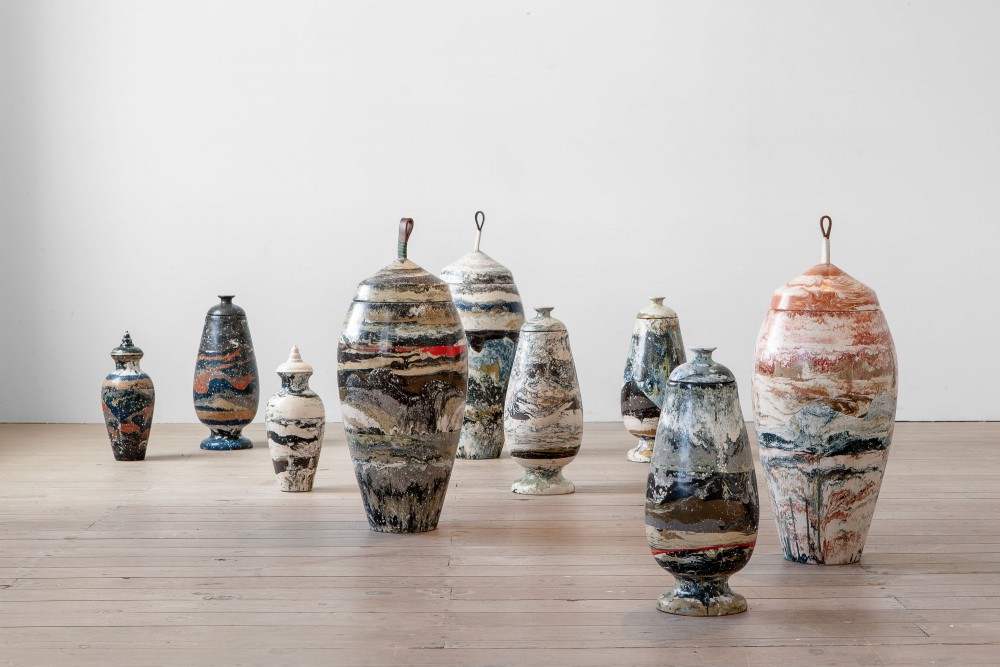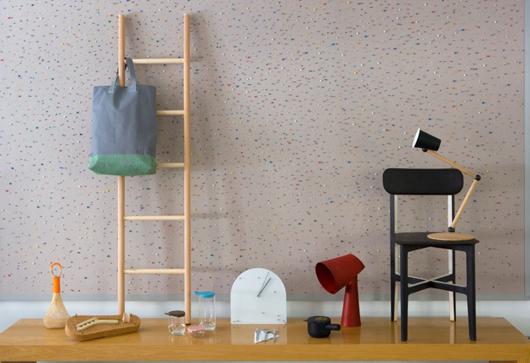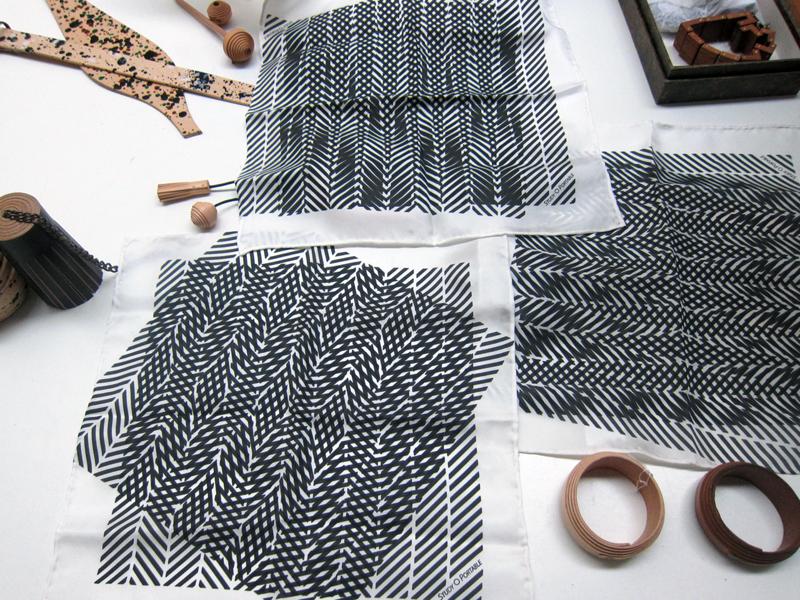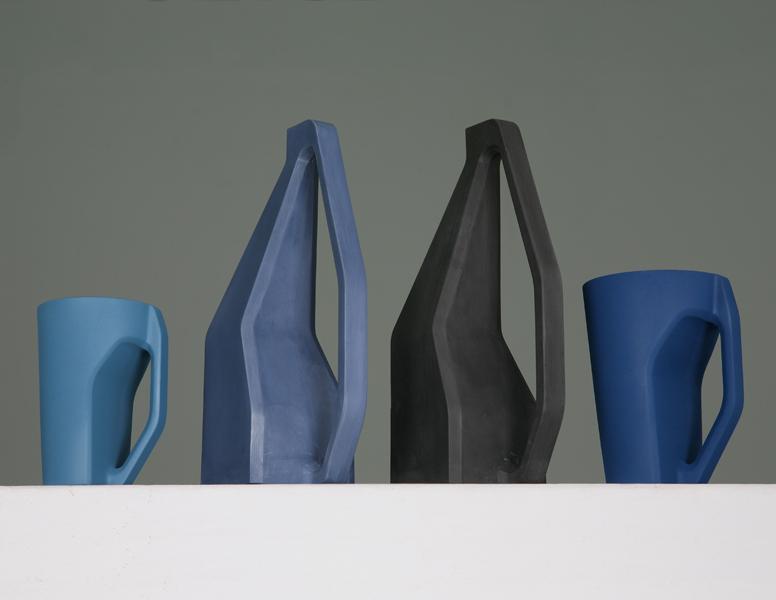
08.17.12
Up and Coming
Hilda Hellström, Swedish Sculptor and Designer
In any designer’s career, there are hundreds of split-second decisions that conspire to create the precise conditions under which good work can emerge. For the Swedish-born, London-based designer Hilda Hellström, it came down to this one: When she was asked to create a project for this year’s Royal College of Art exhibition at the Milan Furniture Fair, she says with a laugh, “the wood workshop was quite busy, but the resin workshop was nice and quiet.” Of course, there’s more to the recent grad's breakout Sedimentation vases than that; Hellström is obsessed with the idea of imbuing her objects with a myth and narrative of their own. But in many ways the vessels — which are made from layers of pigmented Jesmonite, a non-toxic acrylic-based plaster often used in ceilings and restoration work — are a reaction against something else. “My father was a carpenter, so I was used to working with wood, and I was bored of how you have to consider that it’s a living material,” she says. “Wood tells you what to make, but working with a moldable material like Jesmonite is almost like playing God.”


